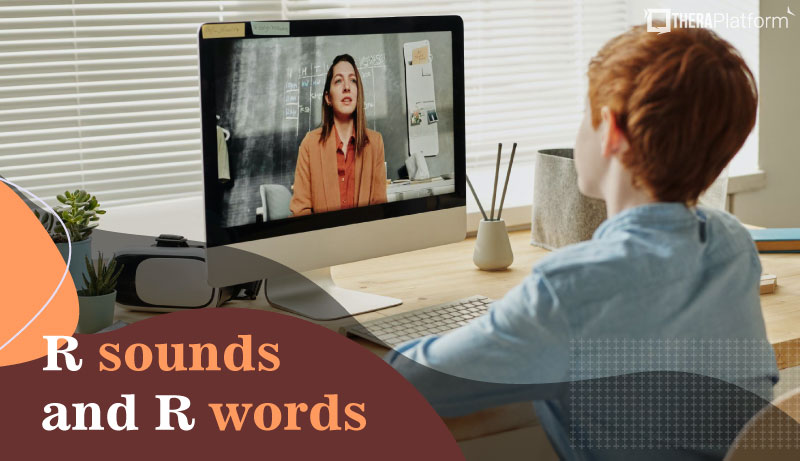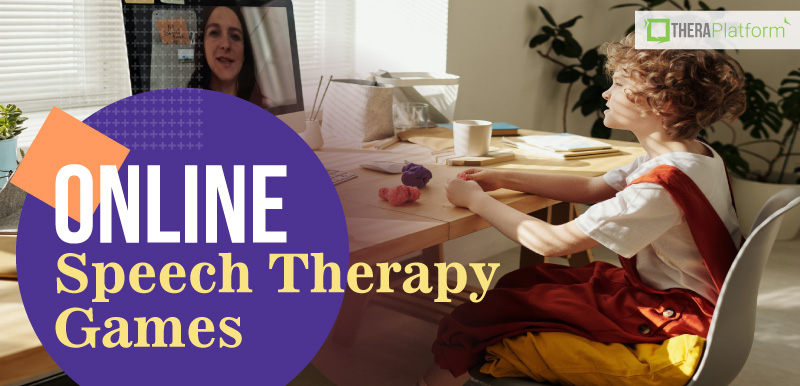N words

The /n/ sound or /n/ words are not words we’d expect a 2-year-old child to perfectly articulate.
It’s typical for some children to have trouble producing certain sounds. But according to the American Speech-Language Hearing Association (ASHA), one sound that a child should be able to articulate by age 2 to 3 is /n/.
“No” is certainly a word many children want to say, along with some others, like night-night, nap, and noodles! So, it’s important that they can articulate the /n/ sound to effectively communicate with others.
Children tend to make common errors when attempting to produce the /n/ sound. Some children may make an /m/ sound instead of an /n/. /M/ and /n/ (and /ng/) are classified as “nasal sounds”. This means they are made by using the lips or the tongue to block air from coming out of one’s mouth. Instead, the air comes out of the nose when these sounds are produced.
If you’re not looking at someone’s mouth, the /m/ and /n/ can sound very similar.
A child who has a tongue tie (Ankyloglossia) can also have difficulty producing the /n/ sound. This is because he or she may have restricted tongue movement which prevents the tongue tip from reaching the alveolar ridge to make the /n/ sound.
Producing the /n/ sound is an early articulation goal that Speech Language Pathologists may need to address with children on their caseload. It can be challenging for some children to naturally pick up on how to make this sound, because it is made inside of the mouth and isn’t always easy for kids to see.
But not to worry!
Here are tips, tricks and activities for teaching the /n/ sound, along with a list of the most functional n words for children to learn.

Download our Ultimate Articulation Guide

Exercise #1: The Cheerio Trick
Having trouble figuring out the correct tongue placement is a common challenge for children when learning the /n/ sound.
The solution? A sweet incentive! Use a gloved hand to place and hold a Cheerio behind the child’s top front teeth, on the alveolar ridge. Then, ask the child to use their tongue tip to hold the Cheerio in that spot as you remove your finger.
Once the child is able to successfully place their tongue in this spot, instruct him or her to “hum” or “turn on their voice”, to produce the /n/ sound. After making a prolonged /nnnnn/ sound in isolation, the child can release their tongue and eat the Cheerio! Other ideas for this exercise are Fruit Loops, Smarties Candy, or something similar in size and shape that motivates the child to work at their speech sound.
Exercise #2: Shape from Similar Sounds (/t/ and /d/)
Can the child produce the /t/ or /d/ sound? If so, try helping the child shape one of these sounds into the /n/ sound! The /t/ and /d/ sounds have the same oral motor placement as the /n/ sound. The mouth is slightly opened, and the tongue tip is up, touching the alveolar ridge.
Start by asking the child to produce the /t/ or /d/ sound. Then explain that to make the /n/ sound, your mouth and tongue will be in the same spot, but the tongue will stay up as you keep your voice on.
To cue a child to use voicing to make the /n/ sound, encourage him or her to feel the vibrations of the vocal cords by touching their throat as they make the sound (or other voiced sounds they are stimulable for).
Visuals like a mouth puppet or mirror can be helpful to provide visual feedback to the child on how to move their mouth muscles. Kokolingo, a digital platform for articulation therapy, includes a Make a Sound activity where the child can watch videos of a pirate providing different types of cues for producing the /n/ sound before imitating it themselves.
Start 30-day Free Trial and explore TheraPlatform. HIPAA Compliant Video and Practice Management Software for Therapists.
Exercise #3: Bring out the Books
Books are a fun, functional way to work on a child’s articulation of speech sounds. Read a book that contains frequent repetitions of words that contain the /n/ sound.
Bring the child’s awareness to your mouth as you model how to make the /n/ sound while reading the book. Once the child is able to make the sound in isolation, try seeing if he or she can carry it over to syllables and words!
Here are some favorite kids books that provide frequent opportunities for the child to practice /n/ in words:
- That’s Not My Dinosaur by Fiona Wyatt
- Goodnight Gorilla by Peggy Rathmann
- Just a Nap by Mercer Myer
- The Best Nest by P.D. Eastman
- Nosy Rosie by Holly Keller
Exercise #4: Sing & Play
Since /n/ is considered an earlier developing sound, you may be working on this sound with toddlers and younger children. That means worksheets and flashcards might not be an option for articulation therapy. Keeping a child’s attention and motivation is easier when they’re having fun while practicing a sound!
Consider engaging in activities like these to work on the /n/ sound in syllables and words:
- Complete a puzzle and encourage the child to say “no” when you (purposefully) put a piece in the wrong spot.
- Pretend play with a toy house. Say “knock-knock” while knocking at the door, then a doll comes in.
- Sing “Head, Shoulders, knees and toes”.
- Build and play with Lego Ninjago toys.
- Play with a toy farm; say “night night” to the animals. Sing “Old McDonald Had a Farm” and say “neigh neigh” for the horse.
A list of n words
Initial Position: 1-syllable | Nose | Knee | Nice | Night | Nap |
Knock | No | New | Nuts | Nine | |
Multisyllabic | Newspaper | Neighbor | Nectarine | Notebook | Never |
Nightgown | Nothing | Noisy | Number | ||
Medial | Any | Animal | Banana | Funny | Honey |
Inside | Lemonade | Money | Morning | Rainbow | |
Sunny | Rainy | Tiny | |||
Final Position : 1-Syllable | Fun | On | In | Tin | Can |
One | Spoon | Sun | Turn | Win | |
Green | One | Moon | Down | ||
Multisyllabic | Mitten | Pumpkin | Raisin | Machine | Belly button |
Balloon | Chicken | Crayon | Listen | Fireman | |
Ocean | Dolphin |
SLPs working with individuals who have an articulation disorder or phonological disorder can utilize TheraPlatform for helpful resources such as their HIPAA-compliant video conferencing for telepractice; teaching tools (e.g. whiteboard), screen sharing, built-in apps, integrated EMR and more.

If you own a private practice or are considering starting a private practice, you can use TheraPlatform to manage several aspects of your practice, from documentation to financial organization and scheduling. Not to mention, some amazing resources for Speech Language Pathologists! TheraPlatform, an all-in-one EHR, practice management and teletherapy tool was built for therapists to help them save time on admin tasks. Consider starting with a free trial of TheraPlatform today.
More Resources
- R words
- Dysphagia ICD-10
- Therapy resources and worksheets
- Therapy private practice courses
- Ultimate teletherapy ebook
- The Ultimate Insurance Billing Guide for Therapists
- The Ultimate Guide to Starting a Private Therapy Practice



